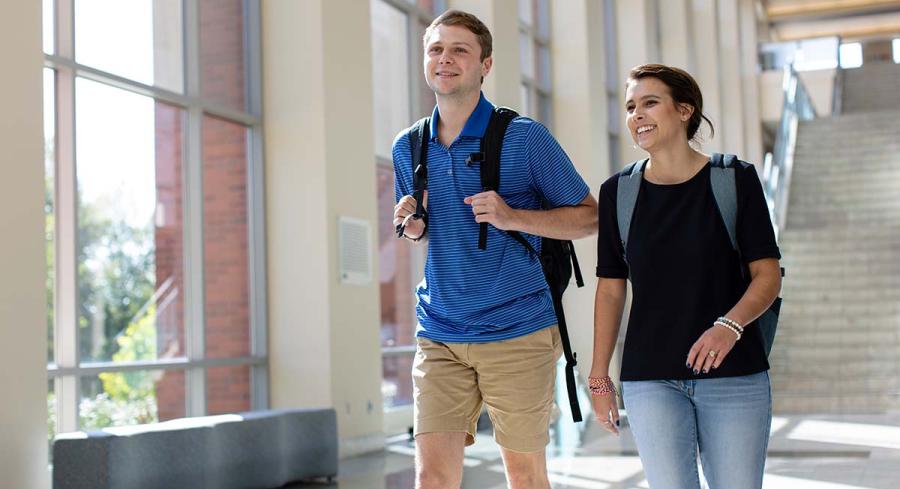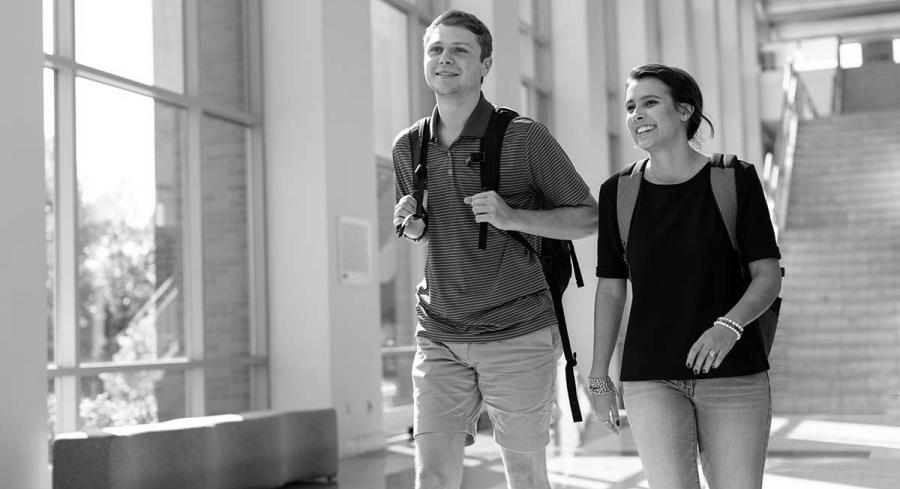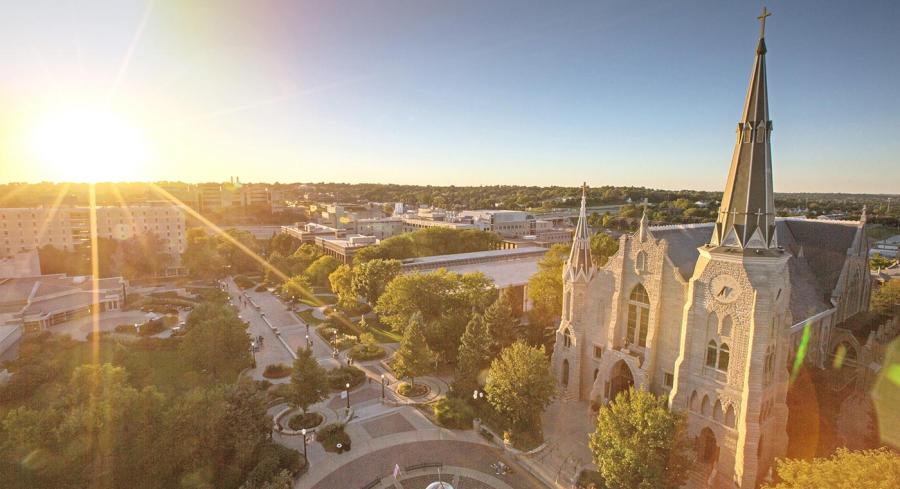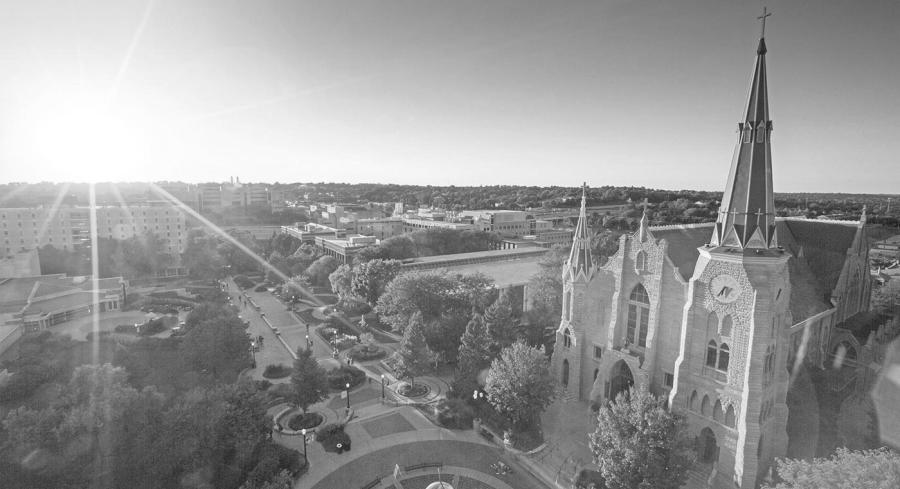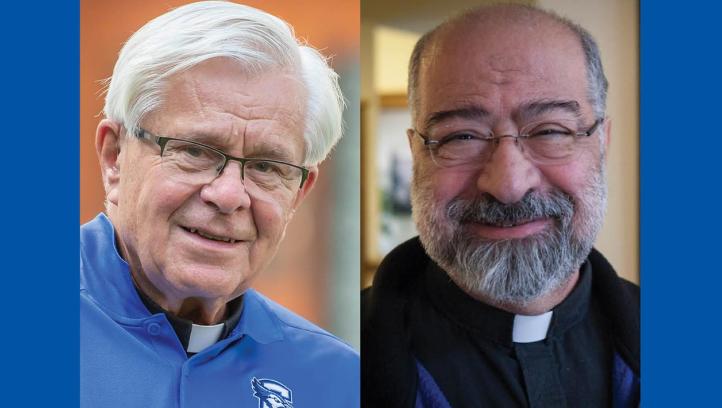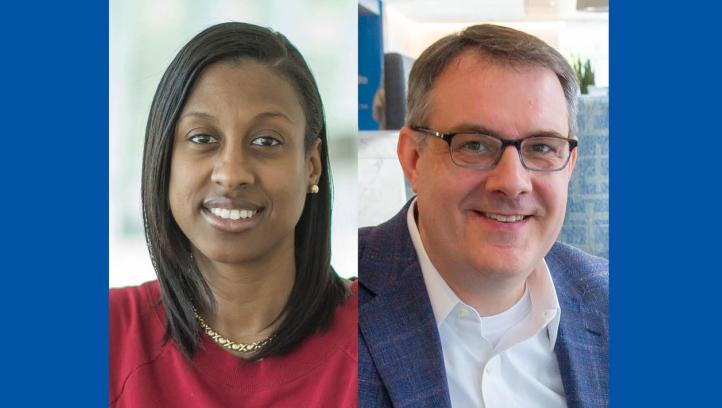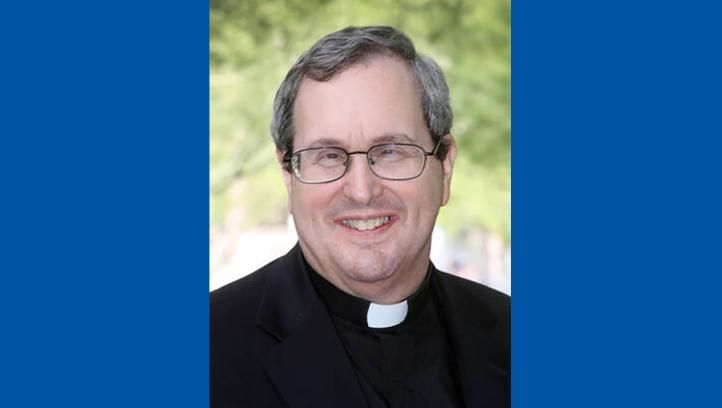
New ‘success’ division guides students every step of the way
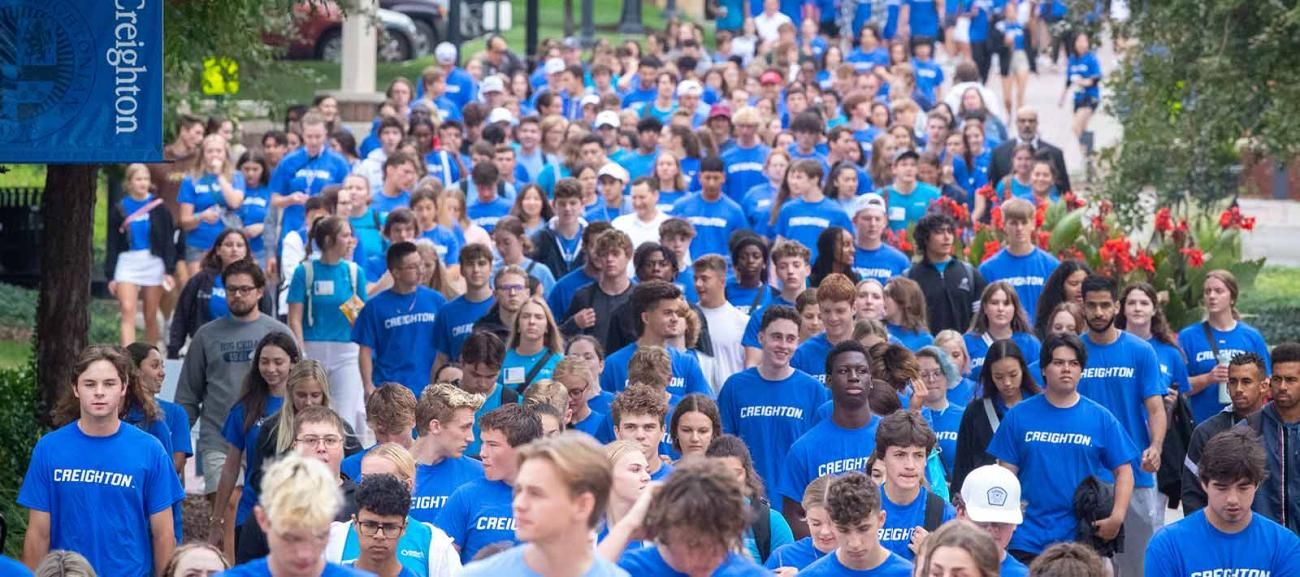
Many a mom and dad have stood in the driveway waving goodbye as a turn signal announces a child’s journey to a new world of academic rigor. Too often, the newly minted college student was on his or her own.
That, says Wayne Young Jr., PhD, BA’93, vice provost for Student Success, is not the Creighton way.
“We are not going to keep family members on the sidelines,” he says. “For decades higher education did that, as in, ‘Thank you, we will take it from here.’ At Creighton we say, ‘Oh no, we want that partnership, we want that engagement.’”
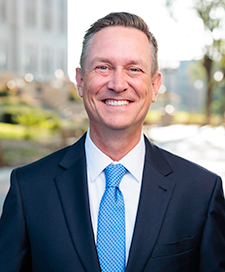
Young heads the newly created Division of Student Success, which helps students navigate the challenges inherent to entering a new world of unfamiliar people, a vaguely mysterious campus, schedules, fraternities and sororities and a long list of clubs and societies, not to mention deadlines and finals. The goal is to assist students in managing the culture, pressures and trials of college life so that four fleeting years later they walk proudly across the commencement stage.
As a recipient of the 2023 Pillar of the Profession Award, granted by the National Association of Student Personnel Administrators to individuals who have distinguished themselves as leaders, teachers and scholars in student affairs and higher education, Young carries experience and reputation into his new role.
Part of the Division of Student Success is the Office of Student and Family Support. The inclusion of “family” in the title is purposeful as the office acts as a central point for parents or other responsible family members to seek student support.
“This is a very new world not just for the student, but also, especially when it comes to first-generation students, for the family,” Young says. “That does not mean we won’t gently remind family members of their swim lane, and that their student is still responsible for their behavior, their decisions and their learning, but we know they want to see them succeed too, so we are happy to partner.”
The Division of Student Success has a wide remit, encompassing undergraduate and preprofessional advising, student retention, academic coaching and tutoring, student accessibility services, TRiO Programs and the career center, all elements that can make or break the student experience.
The Success Center, located in the Reinert-Alumni Memorial Library, is the hub of the division’s work. A one-stop resource for undergraduate, graduate and professional students, it coordinates student services not just within its own office but also those available among Creighton’s nine schools and colleges.
Other services encompassed by the new division include the Office of Academic Success, the Center for Advising Resources and Support, the John P. Fahey Career Center, Student Accessibility Services, the Office of Military and Veterans Affairs, and the TRiO Programs, which are federally funded services provided to students from disadvantaged backgrounds.
Mary Ann Tietjen, senior director of the Success Center, says the office uses conversations with students and families, along with data analysis, to identify student needs and to partner with complementary student services such as the Department of Residence Life.
“Success hubs” are an example of such partnerships. These hubs exist in Deglman, Kiewit and Swanson halls, all residence halls for first-year students, where they keep hours deep into the evening to help students with academic coaching, tutoring or general wayfinding needs.
“Last year alone, the Success Center served more than 30% of our undergraduate students,” Tietjen says. “With enhanced effort in the success hubs this year, we anticipate this number to grow.
“Students and their families can be confident that when they commit to Creighton, that Creighton commits to them. The Success Center is just one example that demonstrates the University’s continued commitment to cura personalis (care for the whole person).”
Not everyone who enters college knows what they will do after graduation. Dispelling the fog that sometimes shrouds such decisions is the job of the Center for Advising Resources and Support (CARS), located in the Hixson-Lied Science Building.
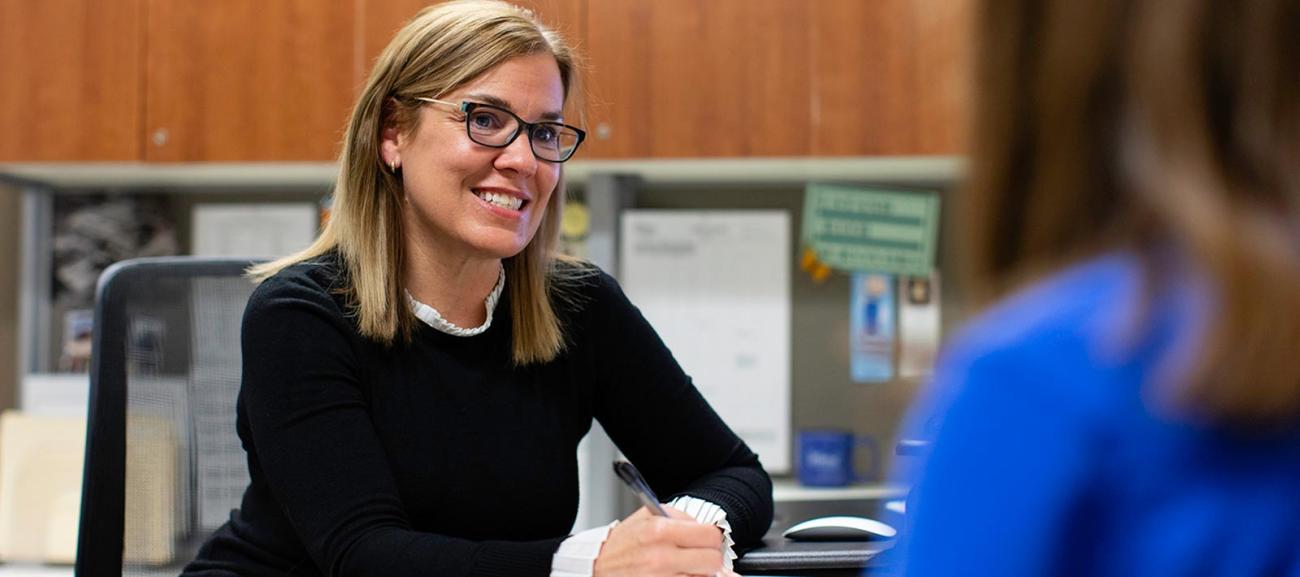
“CARS is a clearinghouse, a switchboard for all things advising,” Young says. “In partnership with our schools and colleges, and with faculty, it provides pathways for undergraduate students to learn more about professional programs, and to figure out which one is right for them.
“That might involve shadowing, research, taking the right courses, all those kinds of things. Preprofessional advising is of paramount importance at Creighton because we get such great students and so we want to make sure they can get into the best professional programs.”
Student retention is a key concern as it is considered an indicator of a university’s ability to keep the promises made to students, which often requires managing the bumps in the road that every student encounters.
“Having a strong first- or second-year retention rate, having a strong graduation rate, is a very important way to show parents, students and family members that Creighton gets it done, that we hold up not just our end of the deal but that we enhance students’ lives, that we deliver on that dream that they were sold,” Young says.
“Student retention is about being managers of hope. Something might not be going well, but we coordinate with the student, with parents and family, with faculty, to make things right so that the student can continue.
“I would say that in the area of student retention, Creighton cannot be beat. Our level of service, the support officers we have here, the cura personalis that we show students, to all the great things that we do as a university community, I just don’t think it can be beat, and I think our graduation and retention rates indicate that.”
Young pays close attention to first- and second-year retention rates, for these are the most vulnerable years when a student might feel overwhelmed, or, sometimes worse, lonely.
“A lot of people assume cost is the primary reason people don’t continue their education,” Young says, “and sometimes that does cause a lot of stress. But we tag every student who withdraws to understand why they leave, and although cost is among the top three or four reasons, the top reason is a lack of social and academic integration.
“For some reason, they have not built an affinity with us.” Either they feel like they’re not connecting, or they haven’t gotten involved, or they haven’t met a faculty member or discovered a major or interest area that has really captured their
mind or heart.
For 15 years, Young says, Creighton’s second-year retention rate sat at a healthy 89.5%. During the past three years, he says, that rate has increased to 92%, which approaches the 95% to 96% achieved by universities considered among the nation’s elite. Creighton’s six-year graduation rate, a commonly used window in higher education, is about 79%, a figure that far outpaces the 68% six-year rate for private nonprofit institutions nationally.
Students, of course, are first in line for plaudits as they cross the commencement stage, but their journey there reflects a team effort.
“Our retention and graduation rates are not the students’ success alone,” Young says. “They belong also to the University. Retaining a student takes the faculty, it takes the Jesuits, it takes the resident assistants, it takes student government, it takes alumni, it takes the city, too — sometimes you’re happy with an institution because you also love the city.”
Academics and faculty interactions are, of course, important, but so are financial aid packages, parent and family support, social and extracurricular activities, leadership, spirituality and networking opportunities, and the list goes on.
“It is a team effort, always,” Young says. “Student Success makes sure that all the various stakeholders are working together for the success of each and every student.”





